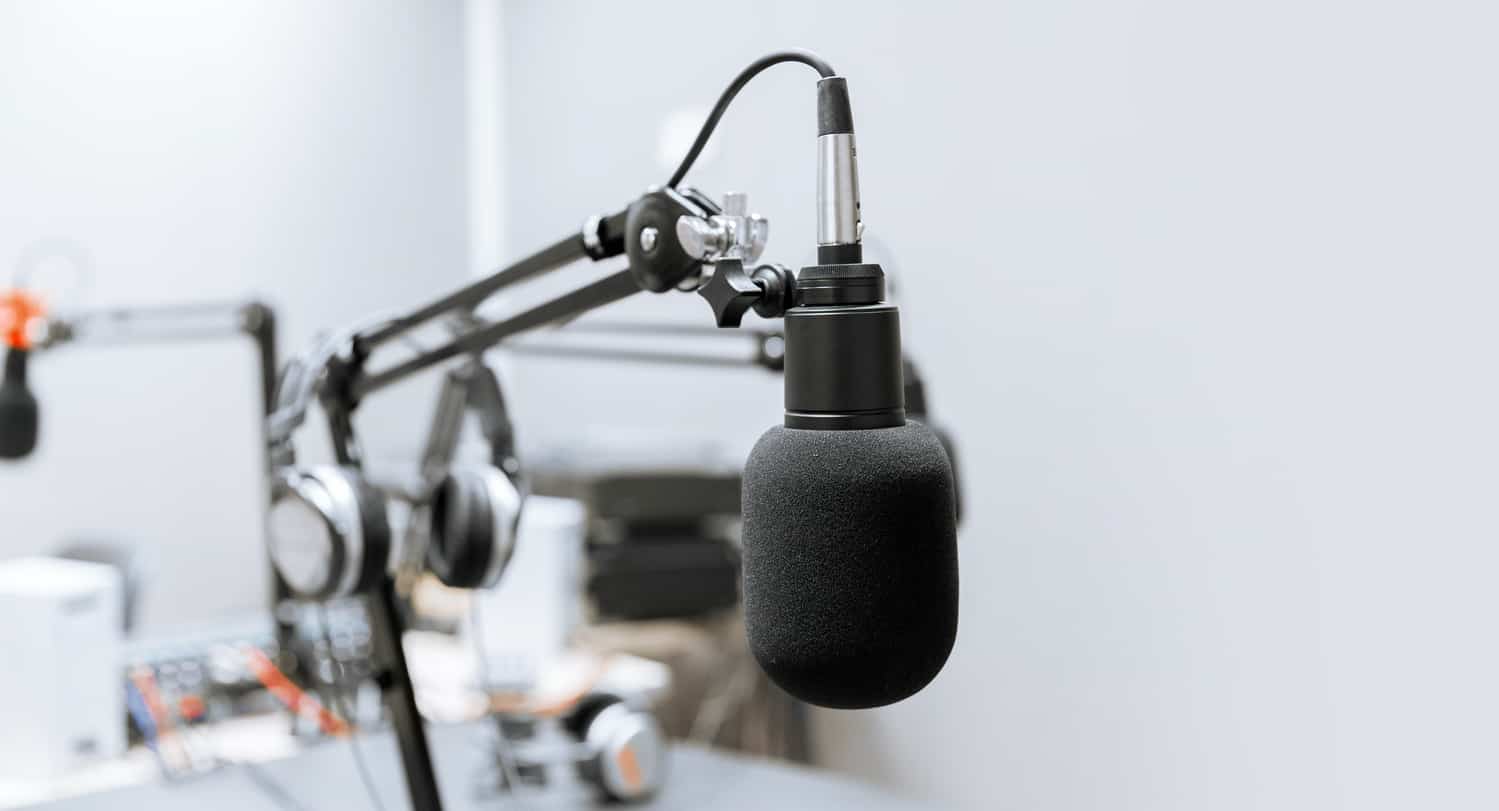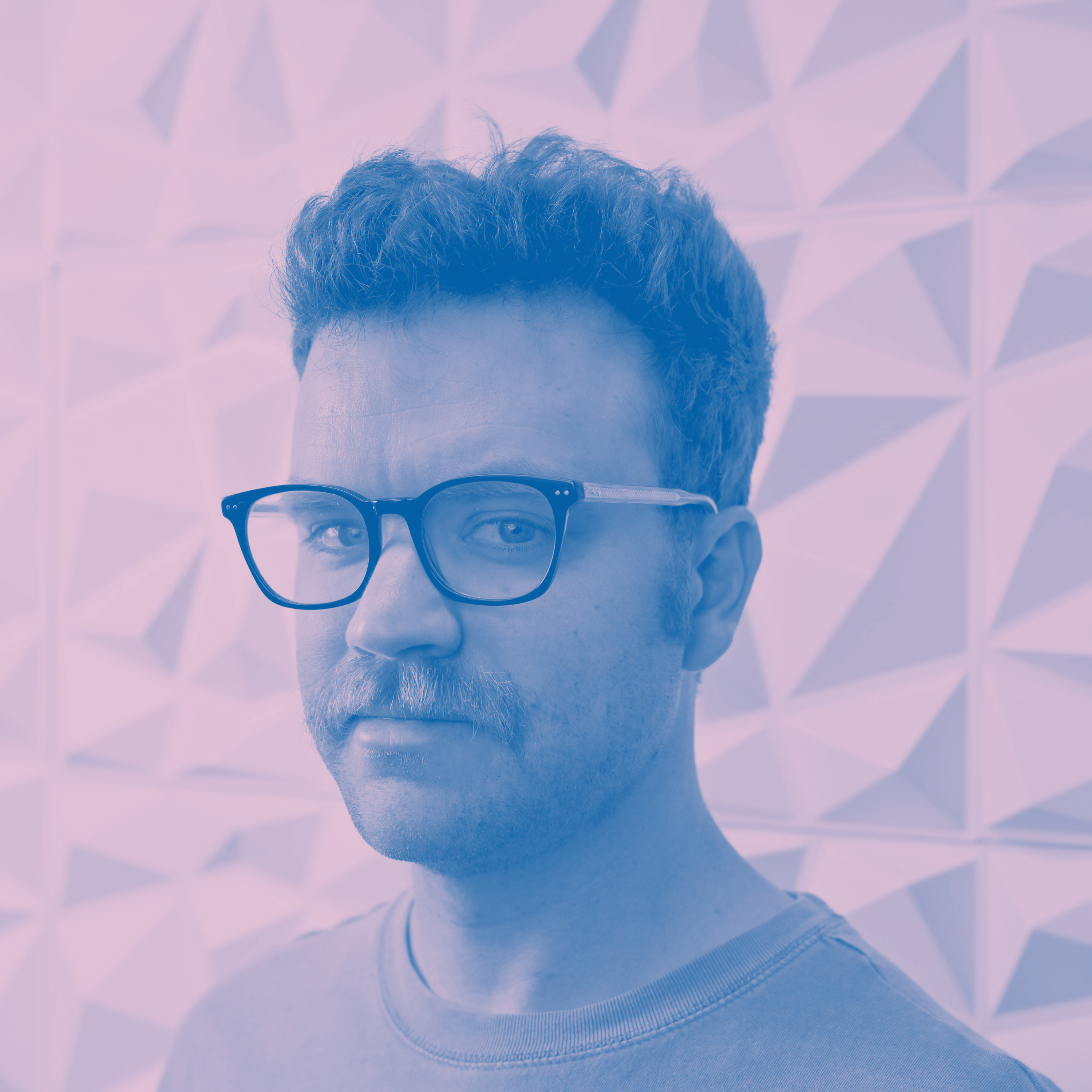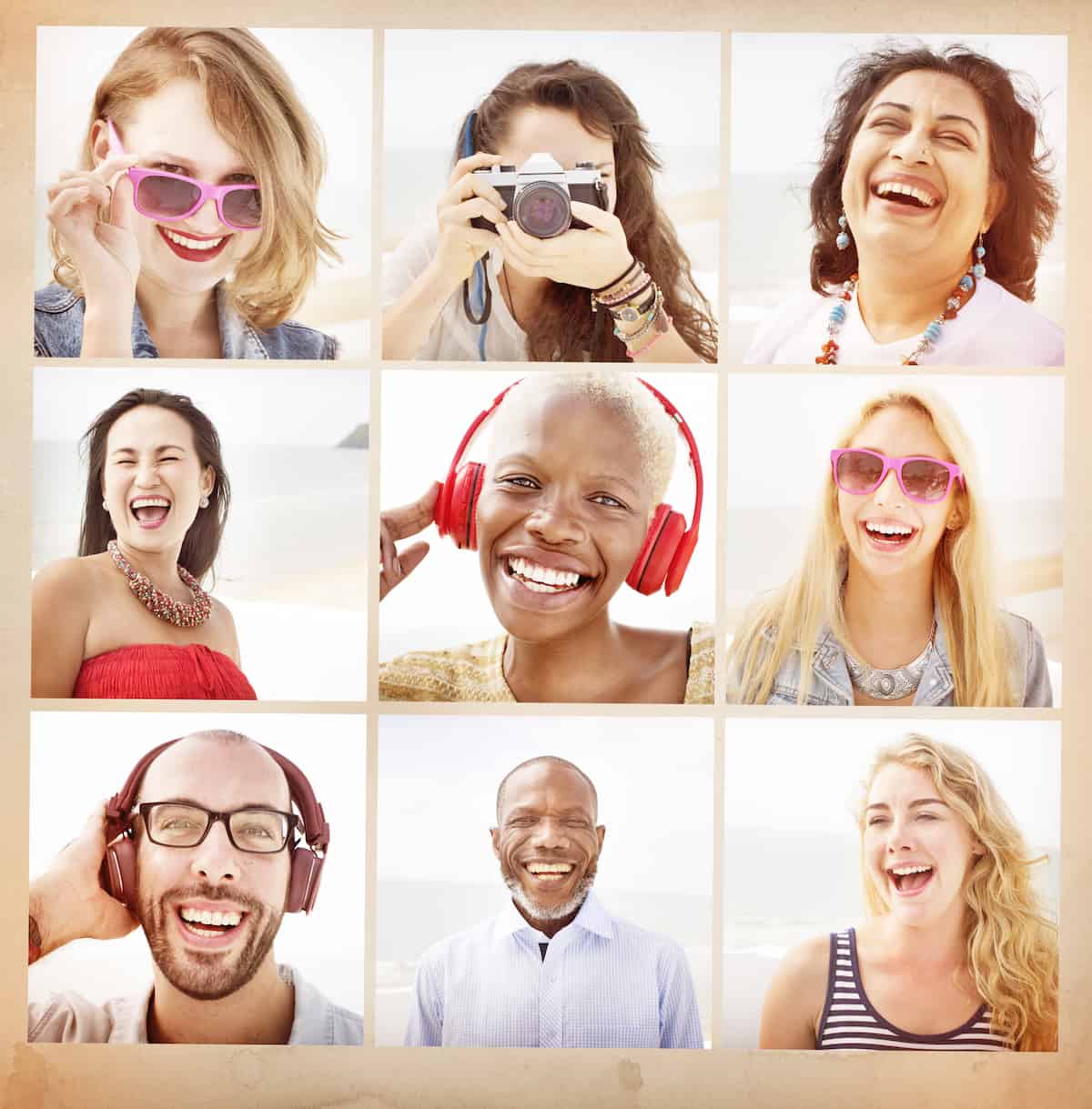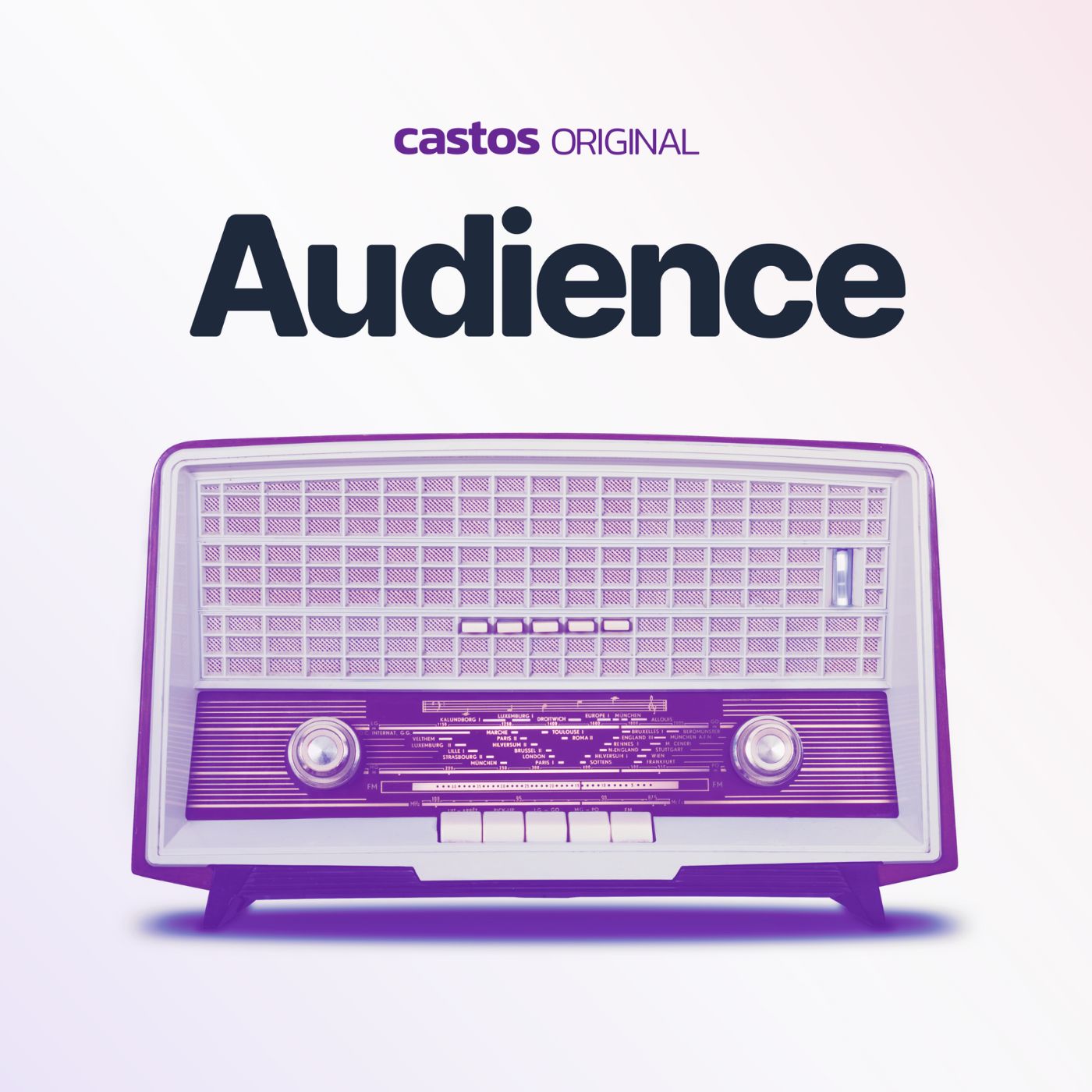Show Notes
When it comes to creating great content everything starts with consistency.
You've got to be able to publish episodes on schedule, week after week.
And a big part of that is having a system to allow you to create those episodes easily over time, with spending just the minimum amount of time necessary, so you can spend the rest of your time on higher value (and higher leverage) activities, like connecting with your audience, promoting your podcast, and growing your brand.
In this episode, we talk through the 8 tactics we use to create content for this show.
Resources Mentioned
Episode Transcript
Craig: 00:08 Hello and welcome back to audience. I'm Craig Hewitt, your host from Castos. If you're new to the podcast, we've been talking the last few episodes about creating great content and how that's really a cornerstone of growing your podcast organically. We're going to talk a lot about promotional and marketing efforts for, for growing your audience a bit later in the podcast, but in this episode we're going to really focus on how to efficiently and effectively create your podcast content. There's a lot that goes into creating really great content and a lot of it is a stylistic and artistic and creative to be, to be honest, but a lot of it comes down to creating good systems and processes for how to go about creating that content. So putting some structure around how you create content will make you more effective and efficient with the time you're spending creating your content for your podcast. And today we're going to dive into a handful of tactics and strategies that we like to use in creating the content for audience that you can use as well. So let's dive in.
Craig: 01:11 The first thing that we liked to look at is the concept of working in series a. So a series of a podcast is typically a grouping of episodes anywhere from, I'll say six to, I don't know, 20 episodes, but it has a predefined scope, do it, and duration typically. Uh, the nice thing about this is it gives you that kind of mental and emotional break that you know, is coming, uh, podcasting and perpetuity forever. Every week can be daunting to a lot of people. So to know that, okay, I'm gonna record 12 episodes for the season, then we're going to take a break for three weeks and we're going to come back with another season that might be themed differently or have something, a different topic you're going to talk about, gives you and your audience a nice, uh, potential like mental break from the day to day or week to week grind, honestly, uh, of creating a podcast every week.
Craig: 01:59 Uh, for those of you who have a podcast already, I'm sure you've experienced this where you say, I would love to just take this week off. Uh, I think if you're working in seasons and you know that you're only creating 12 episodes of content, it might be a little easier for you to say, okay, I only have three more weeks, then I have three weeks off. It also lets you form your content into a really cohesive grouping because you have again, say 12 episodes to talk about a particular topic and your overall subject area. And I think that it does allow for better cohesiveness and the grouping of, of your episodes when you're talking about a particular aspect of your topic. So think about working in seasons and the big thing here is to let your audience know that your podcast is going to be a seasonal podcast.
Craig: 02:41 So give your audience something to expect with respect to the seasonality of your podcasts. They were going to be on for 12 weeks. Then we'll be off for a couple of weeks. Then we're going to come back and talk about this other aspect of our topic. The next one is also kind of a format thing and it is to do solo episodes. Uh, I really like doing interviews because I learn a lot and I'm, and educated the people that I talk to for this podcast and other podcasts I've done have taught me a ton about podcasting and about business and about, about life to be honest. And, and I love interviews and talking to interesting people and podcasting is really a great excuse to have interesting conversations with these kinds of people. I think Shreeny Rao in our previous episode talked about that a lot. That, you know, he just loves talking to interesting people and that's kind of, that's his why, that's his real purpose in life and in his business.
Craig: 03:28 Uh, and for a lot of us that's the case too. But I do think that practically and from a content strategy perspective, having solo episodes and monologues like this is, is actually really nice sometimes. One, it just creates some, uh, some variety to your listeners. They, they get the interviews and they get solo episodes and monologues like this, and that's great to just kind of mix things up a little bit, but it also is just easier for you. Uh, I decided to record this episode today. And so I sit down, I recorded, it'll take me an hour maybe to record this episode and, and edit it. And, and that's it. There's no scheduling guests and messing up your schedule and Oh, somebody canceled it. And then the production of your episode for this week is off and no, no. What do you do? Uh, if it's just, you're recording that content, you don't have to be dependent on somebody else to, to create that content and get the episode out for that week.
Craig: 04:16 So think about having some solo episodes. I will say that recording an episode by yourself is very difficult the first time you do it and you will, you will be amazed at how long it takes you to say something that you want to say. But the nice thing is we edit our podcast, right? So you can go back and edit it. And if you have to say the same thing 10 times to get it right, that's okay. It just means he'll spend a little longer in post production. We'll talk about some tips around how to, how to record better so that in post production you're spending your time more effectively. Uh, we'll talk about that in a bit. The next one is to, to repurpose your content. So I think we've talked about our YouTube republishing feature within Castos. Uh, we also have automated transcripts to turn your audio content into a full blown word for word written account of your podcast episodes.
Craig: 05:05 And I think these are both really powerful tools. Uh, there's a reason we have these in the platform. It is because you can do these, uh, repurposing strategies really on autopilot. They happen every time you publish an episode and you don't have to think about this at all. You don't have to go in and create this other piece of, you know, marketing asset or go do this thing and popup, publish it to social media. Once you publish episodes, automatically creates a transcript, automatically inverts your audio to video and publishes to your YouTube channel. And I think there's just a really great way to repurpose your content on autopilot. Another thing that we really like doing these days and I've talked about it in previous episodes, is using audio grams. So headliner is a really great tool for this. Another tool out there is called wave. And if you're not creating audiograms, particularly for a social media promotion, I think that's a really great way to repurpose your content for a marketing purpose and to be able to share really interesting pieces of social media for your podcast release really should help grow your, your audience there.
Craig: 06:05 Speaking of social media, uh, the next thing that we really like doing in, and we are going to experiment a bit with this is going live, so either on Facebook or on YouTube, having live podcast recordings and you can turn these into fully produced and edited podcast episodes later if you want. But a lot of people go in and do a live recording that is audio and video and they do this on other Facebook or YouTube and then they can pull out just the audio later on for a more kind of highly produced podcast episode. But if you're able to record video and you want to record video and the people you have on your podcast are able to do that, this is definitely something to to think about because having a live show is really interesting. It allows for audience engagement. People can chat in and ask questions and, and clarify points about what you and your guests are talking about.
Craig: 06:53 Uh, and this is just a content format thing that you can do to, to kind of mix things up with your podcast. Because it is live, it does require scheduling and things like that. And that's, we're going to talk about in our next topic. If you've ever done the dance of uh, scheduling something with a guest that's in a different time zone or especially multiple people in different time zones, you know how difficult this can be. The, the email ping pong that goes back and forth. Oh, can we do it at two o'clock Eastern time? Oh no, that's, you know, 10 o'clock in the Pacific. It's just, it's a mess. And so a lot of people these days are using software to automate and clarify this. The, the tool we use is called Calendly. Uh, there's others out there like book, like a boss that allow you to send the link that's connected to your calendar, like in Gmail that says, okay, I'm available Monday, Tuesday and Thursday from 10 to three.
Craig: 07:42 You can pick a time anywhere you'd like to schedule the podcast episode. And so that's what we do here is we have separate calendar slots for podcasts. We have separate calendar slots for, for other things we do in our business. So when I send my calendar invite to somebody, they can pick why they're scheduling time with me and then party and then they can pick a spot that fits their agenda and their calendar within the spots that are available, uh, that I've set in Calendly. So if you're not using a tool like Calendly and you're booking guests or scheduling with guests, your life's about to be changed. It's a really great thing. I highly encourage you to check out a tool like this for scheduling guests. Speaking of guests, there's a term out there that an ounce of prevention is a pound of results, right?
Craig: 08:24 I might be getting the, the exact, uh, quote wrong, but, but the idea here is that preparing your guests for the podcast episode, especially if they're not a savvy and experienced podcaster, is probably the best thing you can do for increasing the quality of the content, your record with them. Uh, and I mean quality of the content, not just the, the things you're talking about, but the sound they're recording and how good things sound from a, from a audio recording standpoint. So tools like Calendly can send automated reminders to your guests ahead of, of the appointment that they have set with you. Uh, this can happen typically like a day ahead of time and then a couple of hours at a time. And so you can customize this email, this reminder email to say, Hey, this is a podcast episode. This is not just us calling to chat.
Craig: 09:10 Uh, please be in a quiet place with a proper podcasting microphone. If you don't have a popper podcasting microphone, at least use the Apple earbuds that come with your phone. Turn off all of your, your notifications and your phone. Um, and please be ready to, to record a high quality tool. We'll be talking on Zencaster or we'll be talking on zoom or we'll be talking on squad cast and you'll be able to include the links automatically for the appointment that they've set with you that's unique just for them and that appointment. And these are all great things to, uh, to be able to prepare your guests for, for them to be successful honestly and for you to be successful with them. In the podcast, we'll include a checklist that we like to send to all our guests that really prepare them. A lot of step-by-step things that I've mentioned here, but it's kind of a checklist or an email template that you can use, uh, for sending to, to your guests ahead of a podcast recording while you're recording.
Craig: 10:05 If you're using a tool like audacity or Adobe audition, a lot of these recording tools have the concept of markers. You can also use, you know, clicks or claps during a recording. And these are really just markers to let you go back and particularly pay attention to these areas during the editing process. So if you've said something that isn't right or you want to restate something, then you can click or clap or use a marker and your audio recording tool to make sure you go back and focus specifically on that area. And then I think once you get really good at this and really diligent about dropping a marker or clicking every time you make a mistake, then you'll be able to go back and postproduction you'll be able to go back just to those areas because you know that the rest of the recording is good, but you need to pay particular attention to these few areas during your recording.
Craig: 10:55 I know that a John Lee Dumas, yearly kind of famous podcaster uses this method a lot and uh, basically only edits those parts out that he's dropped a marker in. So his editing process might just take 20 minutes for a 30 minute episode, whereas the rest of us probably take, you know, around two times the duration of the episodes. This episode will be, you know, 15 or 20 minutes. I'll probably spend the better part of an hour editing it. But if you use something like markers, then you can say, Oh, I messed up at six minutes and 12 seconds. Then you get 13 minutes and five seconds and I can just go back and edit only those spots and then assume the rest of the podcast episode is good and I don't need to go back and listen through the whole thing to, to edit it.
Craig: 11:36 So using markers or clicks or claps or whatever kind of marker you choose is a good option for a first streamlining the post production process. And then similarly, using a tool like audacity or Hindenburg or Adobe audition, there are concepts of templates and workflows that automate a lot of the same things you do for every episode. So if you want to apply the same filters or apply the same leveling or normalization to all of your tracks that you've recorded, you can set these workflows and templates up in your editing tool to make your podcast sound the same every time. And once you get this dialed in the first time, it's really easy to go back and apply these consistently the same time so that your podcast has the same kind of look and feel and sound for your listeners. So these are just a few of the things that we do on a regular basis and that other kind of savvy podcasters I know use on a regular basis to create content more easily and make the time that they're spending on creating the podcast content for their show more effective.
Craig: 12:38 And in essence, you don't want to be spending time unnecessarily on, on doing something that you can automate or you can set up a template for so that you know every time, okay, this is my podcast checklist, I'm going to go through this, this and this. I have to send this email to my guests two days before times. So they know to be prepared. You know, a lot of these things will prevent some of the, the bad potential things from happening, especially when when guests are involved. But these things will make you a more effective producer of content, which is the name of the game really, because what we want to do is spend time doing creative things and interesting things and connecting with our audience and learning how to better promote our podcasts so that we can grow our show and it can be more successful for us.
Craig: 13:16 However we measure that. And so I hope that this has given you some ideas and some thoughts around ways that you can more effectively create content so that you can spend more time doing the higher leverage and higher value things for your podcast and for your brand. I hope you enjoy the show notes for this episode are at audience dot dot com and if you have any questions or comments for us, we'd love to connect with you on social media. We're at HQ on Facebook and Twitter. If you have any questions for us, please shoot us a message there. We'd love to hear from you. Thanks so much.



